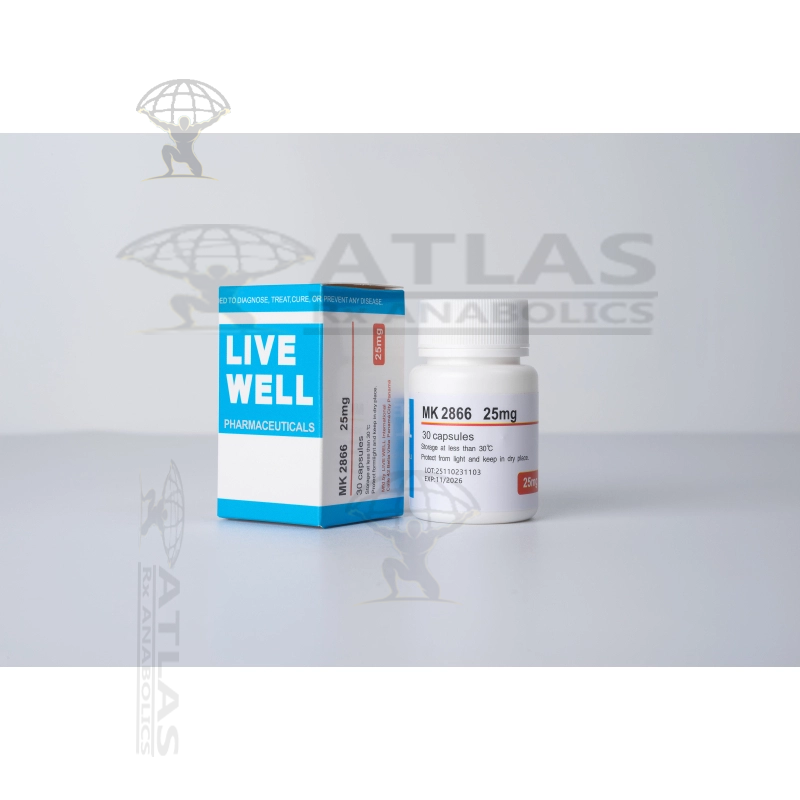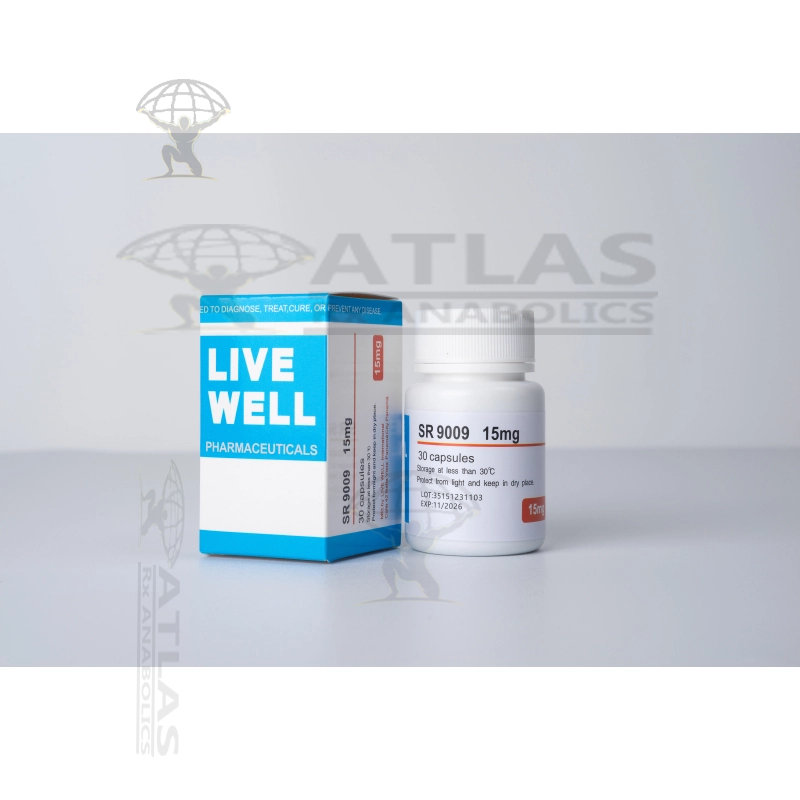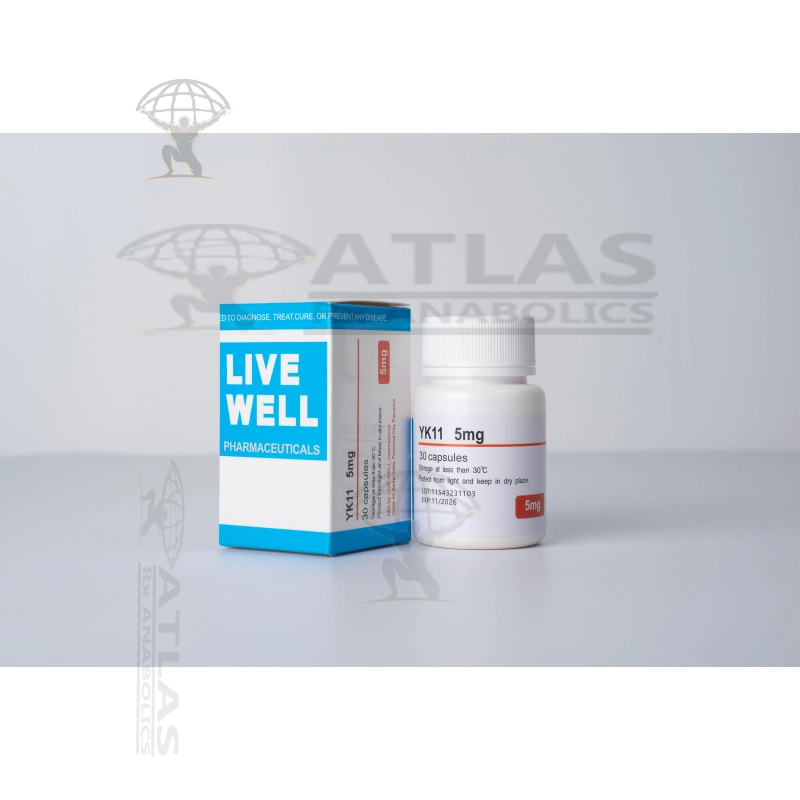Description for  Methenolone Acetate (Primobolan) 50mg
Methenolone acetate, commonly known as Primobolan, is a synthetic anabolic androgenic steroid (AAS) that has gained popularity among athletes and bodybuilders for its unique properties. With its origins dating back to the 1960s, Methenolone acetate has become a sought-after compound for individuals looking to enhance their performance and achieve a lean and sculpted physique. In this detailed description, we will explore the various aspects of Methenolone acetate, including its chemical structure, mode of action, benefits, side effects, and its place in the world of sports and fitness.
Chemically, Methenolone acetate is derived from dihydrotestosterone (DHT) and features an added 1-methyl group, which alters its properties and makes it more resistant to metabolism in the liver. This modification allows Methenolone acetate to be orally active, making it a convenient choice for those who prefer not to use injectable steroids. The molecular formula of Methenolone acetate is C22H32O3, and it has a molecular weight of 344.50 g/mol.
Methenolone acetate exerts its effects by binding to androgen receptors in various tissues throughout the body. This interaction activates specific signaling pathways, leading to an increase in protein synthesis, nitrogen retention, and an overall improvement in muscle growth and recovery. Additionally, Methenolone acetate exhibits low androgenic activity, making it a popular choice for female athletes seeking performance enhancement without the risk of virilization.
One of the primary benefits of Methenolone acetate is its ability to promote lean muscle mass gains without excessive water retention or bloating. This characteristic makes it a preferred choice for individuals looking for quality muscle gains, especially during cutting phases or when aiming for a more defined and aesthetic physique. Methenolone acetate is often used in combination with other compounds to enhance its effects and create synergistic results.
Another advantage of Methenolone acetate is its relatively mild nature concerning side effects. Compared to other steroids, it exhibits a low risk of aromatization, meaning it does not convert into estrogen. This quality eliminates concerns related to estrogenic side effects such as gynecomastia or excessive water retention. However, it is crucial to note that Methenolone acetate can still suppress natural testosterone production, leading to potential hormonal imbalances. To mitigate this effect, individuals often incorporate post-cycle therapy (PCT) protocols to restore natural testosterone levels.
In terms of dosage and administration, Methenolone acetate is typically taken orally, in the form of tablets or capsules. The recommended dosage for men ranges from 50mg to 100mg per day, with some experienced users opting for higher doses. For women, the suggested dosage is significantly lower, usually ranging from 10mg to 25mg per day to minimize the risk of virilization. The duration of Methenolone acetate cycles varies depending on individual goals, but typical cycles last between 6 to 12 weeks.
While Methenolone acetate offers several benefits, it is essential to be aware of potential side effects. Like any AAS, Methenolone acetate can negatively impact lipid profiles, leading to a decrease in HDL (good) cholesterol and an increase in LDL (bad) cholesterol. It is crucial to monitor cholesterol levels regularly and adopt a heart-healthy lifestyle, including a balanced diet and regular exercise. Other potential side effects of Methenolone acetate include acne, hair loss (in individuals predisposed to male pattern baldness), and virilization symptoms in women.
In the world of sports and athletics, Methenolone acetate has been subject to controversy and bans due to its performance-enhancing properties. The World Anti-Doping Agency (WADA) and various sports organizations prohibit the use of Methenolone acetate and classify it as a banned substance. Athletes found to be using Methenolone acetate may face severe consequences, including disqualification, loss of medals, and even bans from future competitions.
In summary, Methenolone acetate, or Primobolan, is a synthetic anabolic androgenic steroid that offers unique benefits for individuals seeking performance enhancement and muscle growth. Its ability to promote lean muscle gains, minimal estrogenic side effects, and relatively mild nature make it a popular choice among athletes and bodybuilders. However, it is essential to approach Methenolone acetate with caution, adhering to proper dosage guidelines and understanding the potential risks and side effects associated with its use.
Based on 0 review(s)
Shipping Cost
On all orders is set at $25.00
Secure checkout
Protected by Bitcoin
Offer & gift here
On all huge orders







